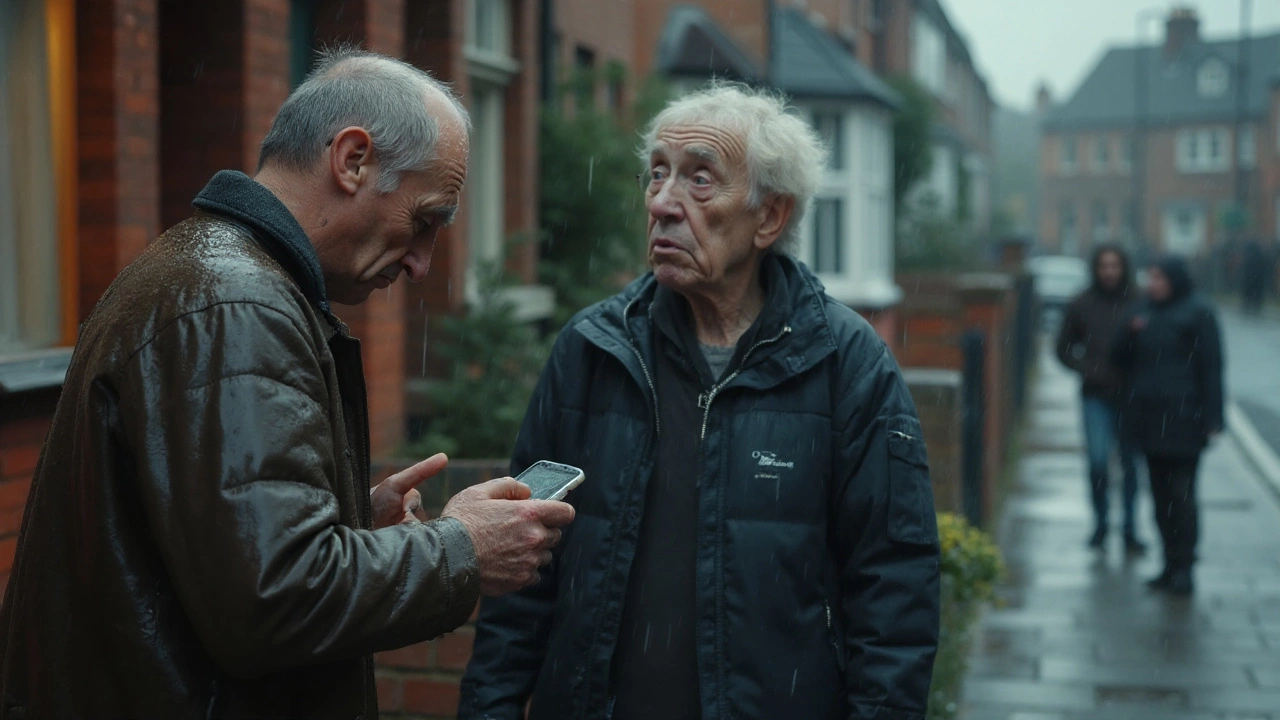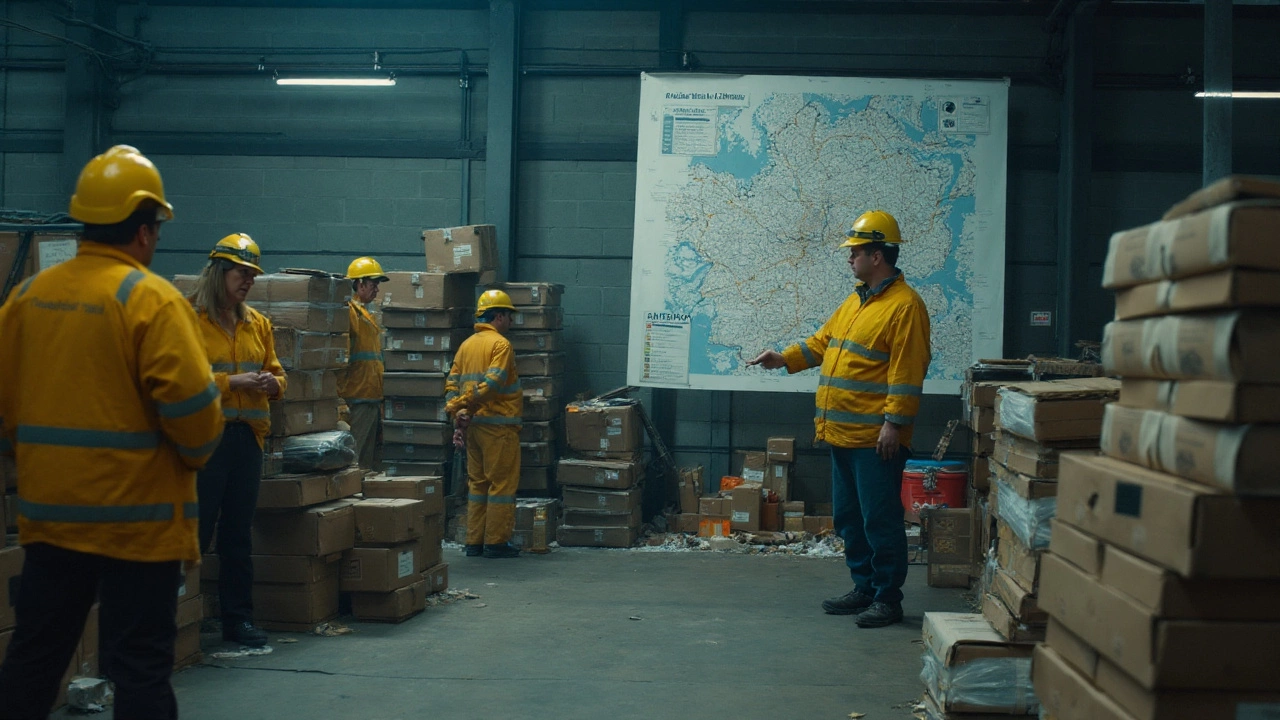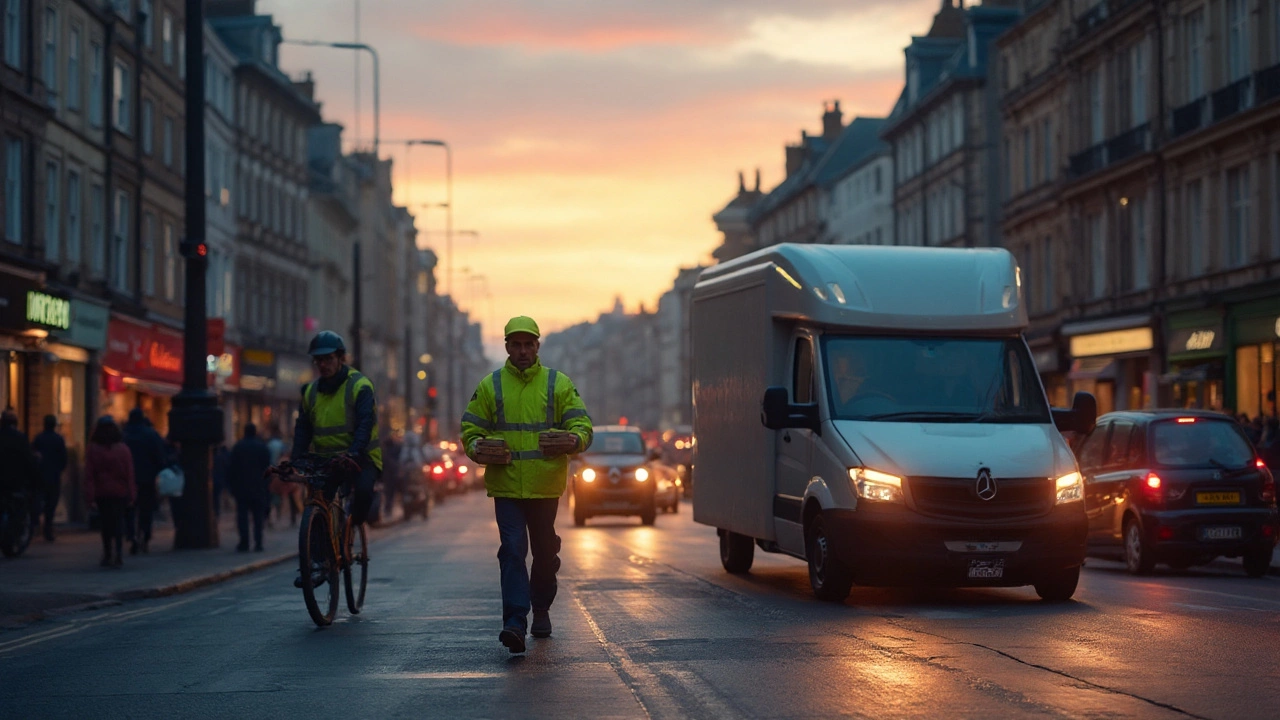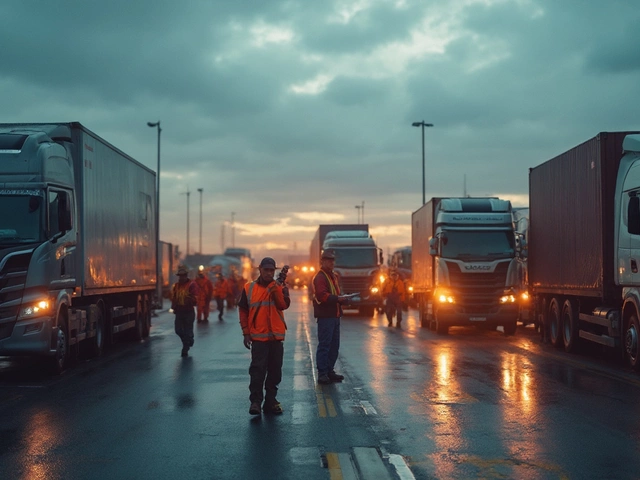Picture this: you ordered your favourite pair of sneakers online, tracked the parcel all the way through its journey, and then… it stalls just blocks from your door. The so-called "last mile" is notorious for mishaps and, honestly, it’s where the most things can (and often do) go wrong. It’s that final stretch, moving your package from a nearby hub to your doorstep, that turns delivery dreams into nightmares for both customers and companies. Why is this stage such a headache? And why does it gobble up so much time, money, and sanity?
The Last Mile: Why It’s the Most Critical (and Costly) Link
The last mile isn’t just the final leg of a delivery—it’s the part that directly connects the business to the customer. If anything fails here, it overshadows every smooth handover before. The last mile often makes up a whopping 53% of total shipping costs, according to Capgemini’s 2023 study. That’s more than half the entire delivery budget blown on a segment that, by distance, is the shortest. But it’s not about kilometers. It’s about complexity.
Most urban areas are densely populated, roads are jammed, addresses can be a maze, and parking is almost a mythical concept. Outside the city, drivers face vast distances, poorly marked roads, and unpredictable weather. Each stop is unique—no two doorsteps are alike. A 2024 TomTom report clocked Auckland drivers wasting an average of 18 minutes daily finding safe, legal parking for drop-offs. That adds up to lost hours, delayed packages, and frustrated customers.
Then there’s consumer expectation. Free same-day shipping isn’t a luxury—people now expect it. According to a 2025 survey by Freightwaves, nine out of ten New Zealanders said they’re less likely to buy again if deliveries are late, even by a single day. And don’t even start on porch pirates—1 in 6 Kiwis reported a package theft last year.
| Factor | Risk Level (High/Medium/Low) | Common Impact |
|---|---|---|
| Traffic Congestion | High | Delays, Missed Windows |
| Address Accuracy | High | Failed Delivery, Returns |
| Weather Conditions | Medium | Damage, Late Arrival |
| Package Security | High | Theft, Claims |
| Regulation Compliance | Medium | Fines, Delays |
All these hurdles drive costs higher and make reliability harder. It’s no wonder some call it the wild west of logistics.
What Exactly Are Last Mile Delivery Risks?
Risks in the last mile are like rogue waves—sudden, unpredictable, and just waiting to ruin your day. It boils down to five big areas: operational, technological, environmental, security, and the human factor.
First, operational risks. Think delayed handovers, missed time slots, vehicles breaking down, and driver no-shows. Every failure means more packages in limbo, upset customers, and bonus costs from redeliveries. A 2023 NZ Post annual report said "failed first deliveries" jumped 22% during holiday peaks, costing millions in extra runs and phone calls.
Then there’s tech. Outdated or glitchy route planning leads to wasted fuel, longer trips, and even lost packages. If someone scans the wrong barcode at a hub—or if delivery apps crash—then packages may take detours no one intended. It only takes one broken link in the tracking chain for a customer to flood support with calls. You know that sinking feeling when your app stops updating, and you’re left wondering if your order’s stuck in limbo?
Mother nature isn’t kind, either. Auckland drivers know when a winter storm hits, roads close, and delivery vans can’t get through. Last year, Cyclone Dovi shut down entire neighbourhoods, delaying urgent medical deliveries for days. Even less dramatic, spring rainstorms can destroy packaging and sensitive goods.
Security is a nightmare. Porches and apartment lobbies are prime hunting grounds for thieves. NZ Police data from March 2025 shows reported parcel thefts went up 13% year on year. And these losses turn your doorstep into a claim zone, with couriers, retailers, and insurers all fighting over who pays.
Then there’s the human factor. Drivers get lost, skip deliveries to make up time (yep, happens!), or rush and leave packages exposed. Companies struggle to keep up with enough trained drivers, especially during surges like Christmas, when driver shortages spike 15%. A tired, overworked courier can make mistakes that cost hundreds of dollars, or worse, ruin a customer relationship.
It’s not just one thing—it’s all these risks hitting at once, every single day.

Real-World Examples of Last Mile Delivery Risks Gone Wrong
If you think these risks are just hypothetical, let me introduce you to a few infamous fails. In December 2024, a major Auckland retailer—let’s call them KiwiHome—spent thousands launching a same-day delivery service before the holidays. Heavy urban traffic, driver shortages, and an unexpected IT glitch left hundreds of parcels sitting in a warehouse just a few kilometers from their destinations. Social media blew up with angry customers, and a competitor quietly swept in offering guaranteed slots, grabbing a chunk of KiwiHome’s business.
Here’s another: a luxury chocolate brand shipped Easter baskets all over New Zealand, but underestimated regional courier capacity during the holiday rush. Packages melted in uninsulated vans stuck in record autumn heat, arriving as sticky disasters that ruined customer gifts and the brand’s reputation. That season, returns and refunds wiped out profits on the Easter campaign.
Then there’s the classic porch pirate scenario. A woman in Christchurch watched a CCTV video as her daughter's birthday gift was swiped two minutes after delivery. The courier photo showed the box on the doorstep, but no signature was captured. The family spent weeks arguing with the retailer, courier, and insurance—no one wanted to cover the cost. If even one link in the process is missing—a photo, a signature, GPS proof—the responsibility just gets bounced around.
Carriers know this pain. As one manager told Logistics NZ, "You can deliver 99 packages out of 100 without a hitch, but that one failure is the only thing the customer remembers."
“The final mile is where all your planning gets tested—if you mess up there, it doesn't matter how good the journey was up to that point.” – Michael Hunt, president of the New Zealand Logistics Council.
For every success story in the last mile, you’ll find a cautionary tale just around the corner.
How Are Companies Tackling Last Mile Delivery Risks?
Smart businesses aren’t just crossing their fingers. They’re throwing every tool they can at the problem, from smarter tech to customer engagement. Let’s break down what’s working right now in New Zealand and beyond.
First off, route optimization isn’t optional anymore—it’s survival. Companies use AI-driven platforms (think WiseTech Global or FarEye) that analyze traffic, weather, and real-time road closures. These systems tweak routes on-the-fly, saving drivers time and fuel. According to the NZ Trucking Association’s 2025 report, courier companies slashed delivery time by as much as 20% after switching to dynamic route optimization in Auckland.
Then there are new options for "safe drop"—lockers, smart boxes, and even trunk delivery. Customers pick up from secure lockers at grocery stores or malls, reducing theft and failed deliveries. Last Christmas, NZ Post reported 30% fewer package theft claims with their parcel locker expansion. Even more creatively, some businesses are piloting drone delivery in remote areas or electric bikes for urban runs to dodge traffic jams.
Let’s not forget communication. A whopping 76% of customers want real-time tracking updates for their orders. Retailers now send SMS alerts with tight delivery windows, so recipients can plan to be at home—or reschedule with a click. Missed deliveries and frustrated cold calls have dropped as a result.
Driver training and support matter too. Regular briefings keep drivers up-to-date on regulations, shortcuts, and customer service tips. Some companies pair new hires with experienced couriers, cutting rookie mistake rates almost in half, according to a 2024 NZ productivity survey. Motivated drivers are likelier to go the extra mile—literally.
And there’s insurance. Delivery protection, which used to be a premium add-on, is now pushed as a standard feature. Retailers partner with insurers to handle loss and damage claims fast, instead of playing the blame game. That means fewer angry customers left in the lurch.
It comes down to being proactive—anticipating problems before they snowball. The companies that get this right win loyal customers, even when things don’t go perfectly 100% of the time.

Top Tips for Reducing Last Mile Delivery Risk
Ready for some practical fixes? Here’s what actually works for customers, retailers, and logistics teams obsessed with getting it right the first time:
- Double-check delivery addresses. Encourage customers to confirm details—apartment numbers, gated access codes, hidden driveways. Mislabelled parcels are the main cause of failed deliveries.
- Offer safe drop options. Set up parcel lockers in high-traffic spots and offer in-store pickup as a backup.
- Invest in real-time tracking tech. Let recipients follow their parcel’s every move, and send updates if things go off track.
- Train drivers for the "last 100 meters". Emphasize finding tricky units, following delivery instructions, securing parcels, and snapping photos as proof.
- Be flexible with delivery times. Let customers choose slots (even if there’s a small fee), which bumps up first-attempt success rates by as much as 30%.
- Keep your team refreshed. Rotate drivers during peak times to prevent burnout and mistakes.
- Last mile delivery is risky, but smart use of tech helps anticipate and avoid most common issues.
- Work closely with your insurer. Fast, hassle-free claims keep the process smooth when something does go wrong.
Oh, and if you’re the one receiving parcels? Skip the “leave behind the pot plant” option unless you want to tempt fate—or next-door neighbours. Set up delivery alerts to zap you when the courier is near so you can grab your package fast.
Bottom line: the last mile isn’t going to get simpler, but it doesn’t have to be the weakest link in the supply chain. Every delivery is a new challenge, but with the right mix of tech, training, and customer smarts, you can cut the risk way down. Logistics isn’t just trucks and warehouses—it’s problem-solving, minute by minute, on every kiwi street.





